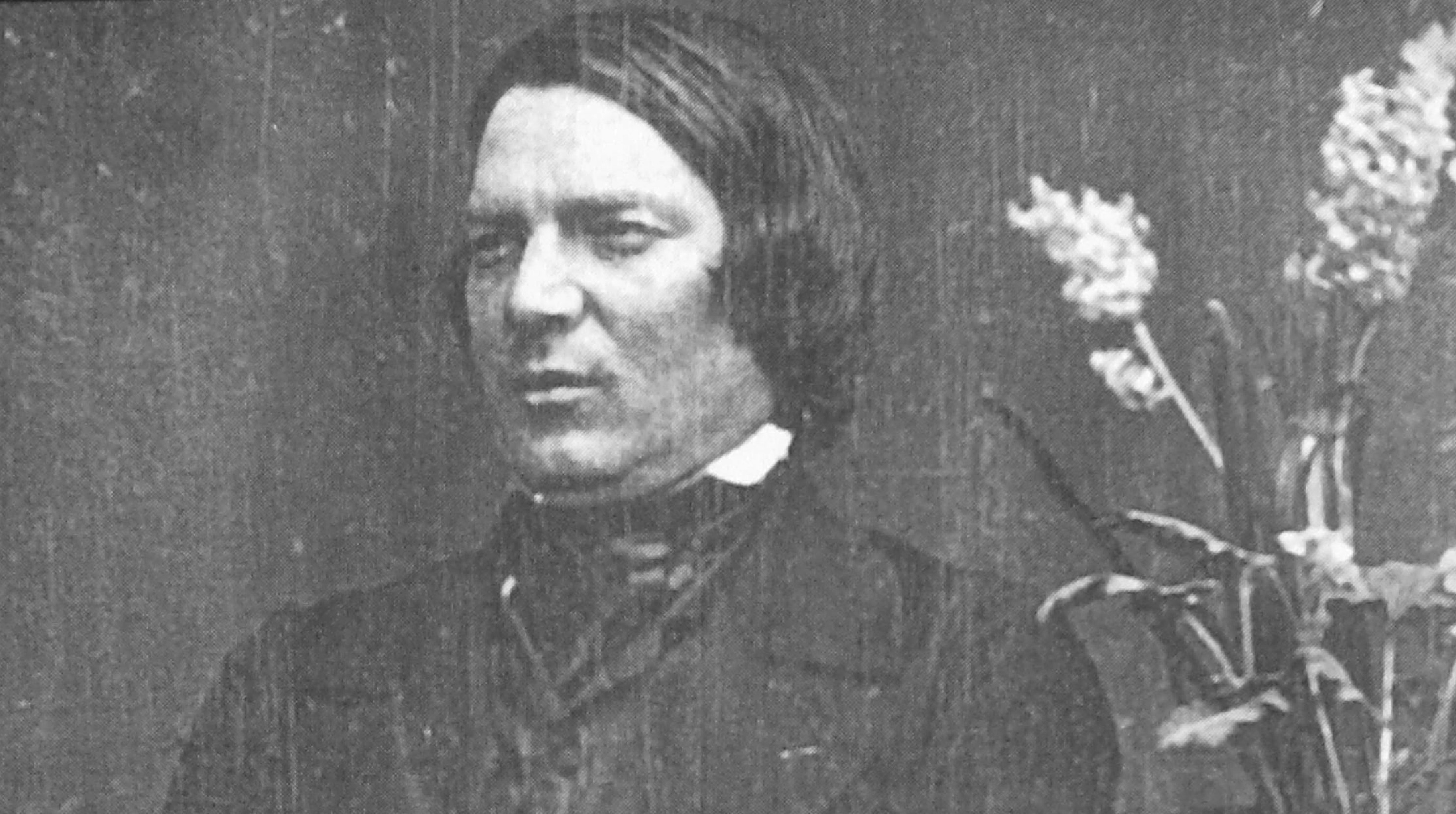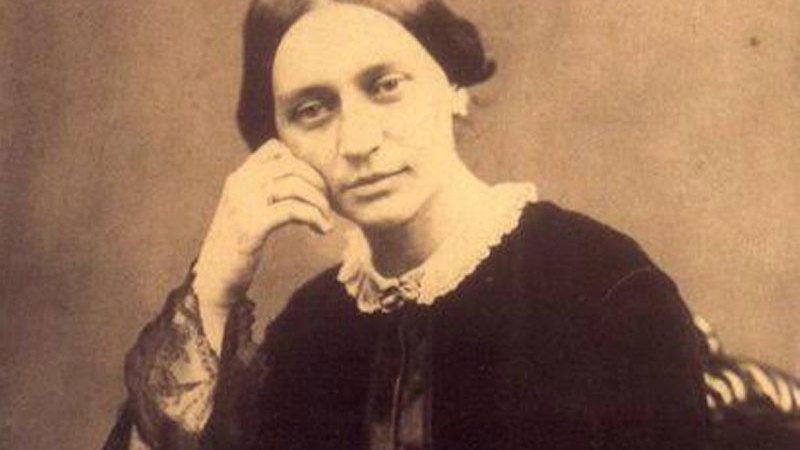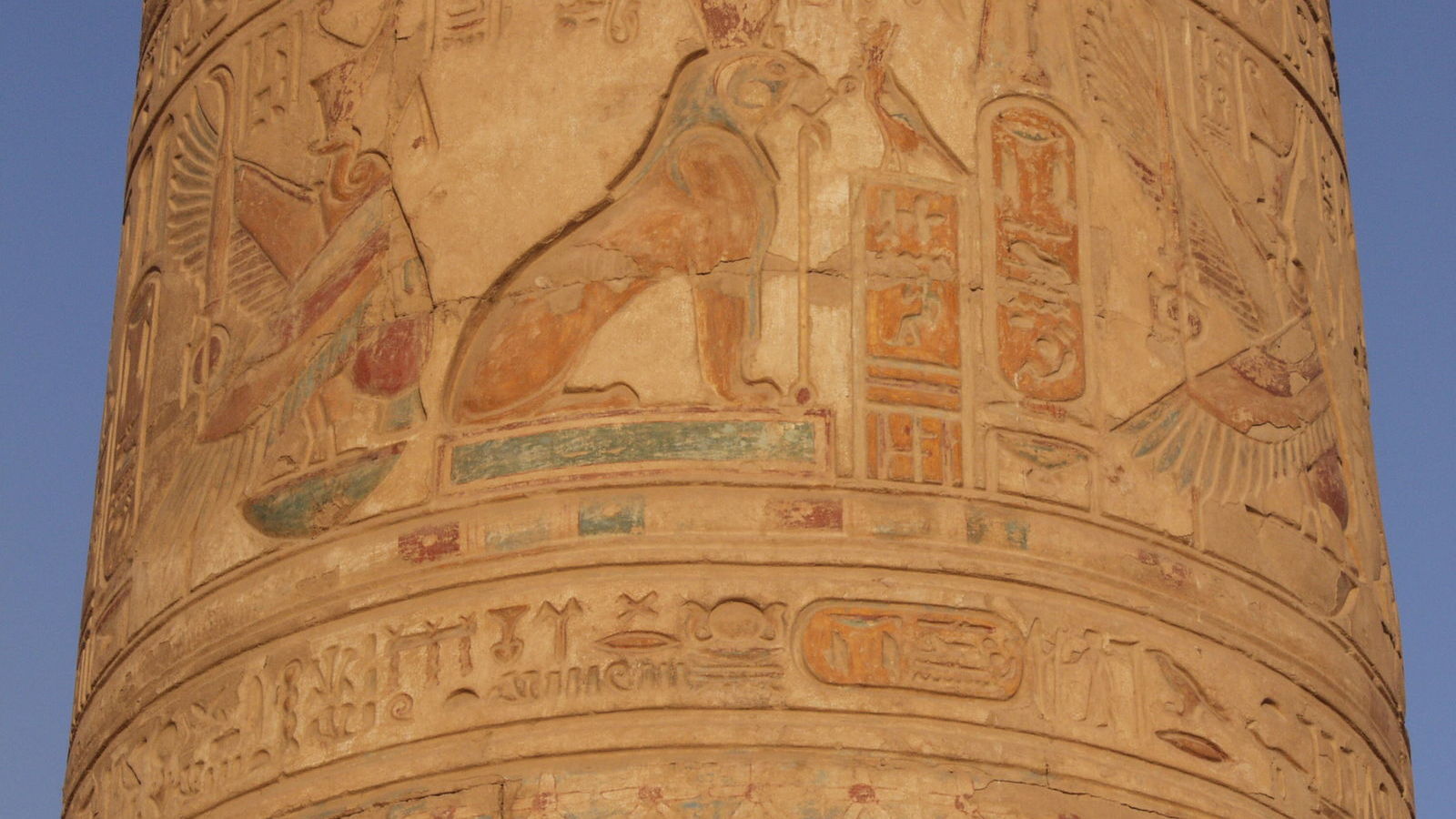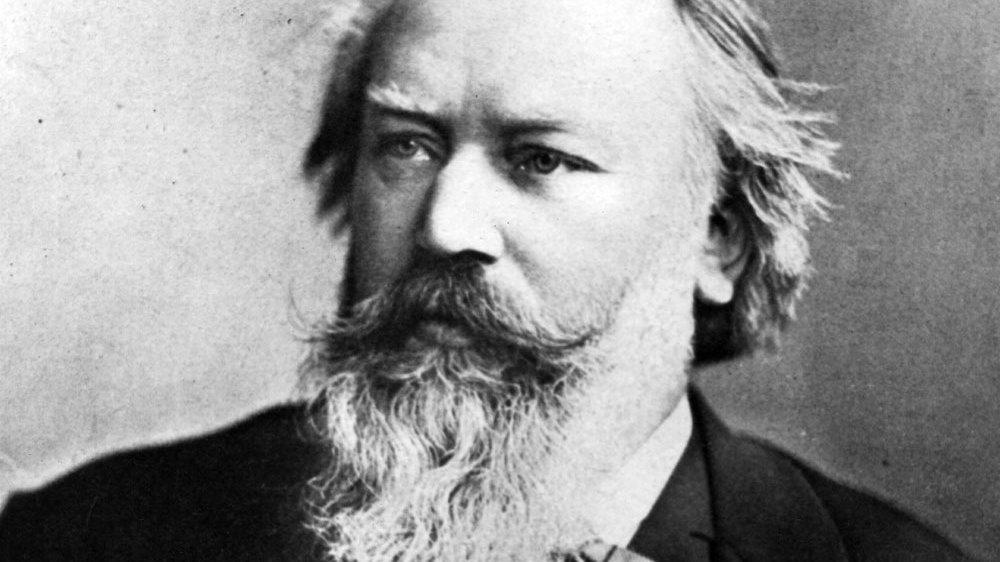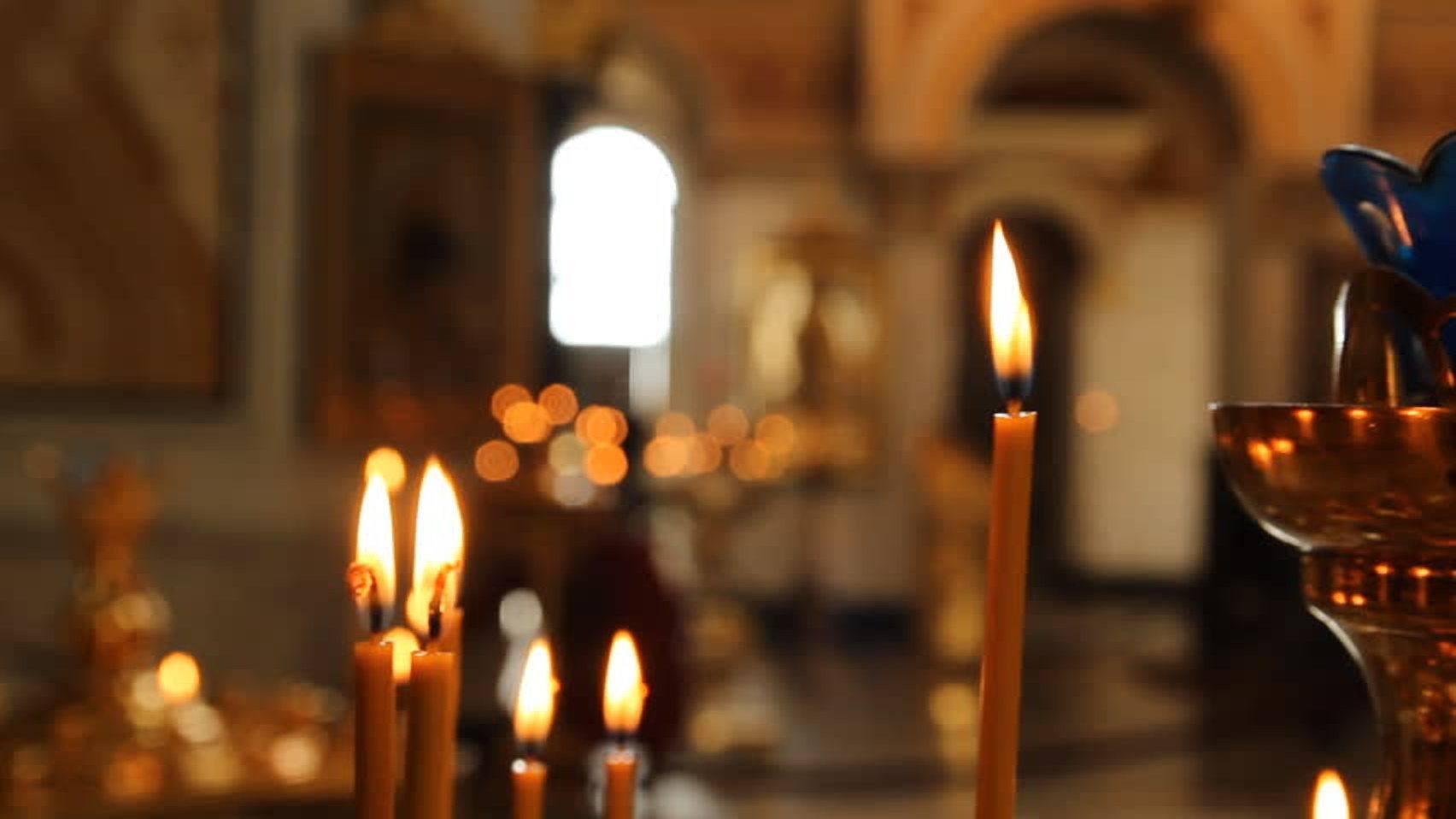Schumann’s Fourth Symphony: A Continuous Drama in Cyclic Form
Robert Schumann’s Symphony No. 4 in D minor begins with a bold announcement in the form of a single, multi-octave-deep “A”. It’s a musical “call to order” which seems to establish the blank, open-ended canvas on which the Symphony will develop. The first brushstroke to fall on this canvas is a descending motif which is the seed out of which the entire Symphony grows. This is the famous “Clara Theme” we explored in …

